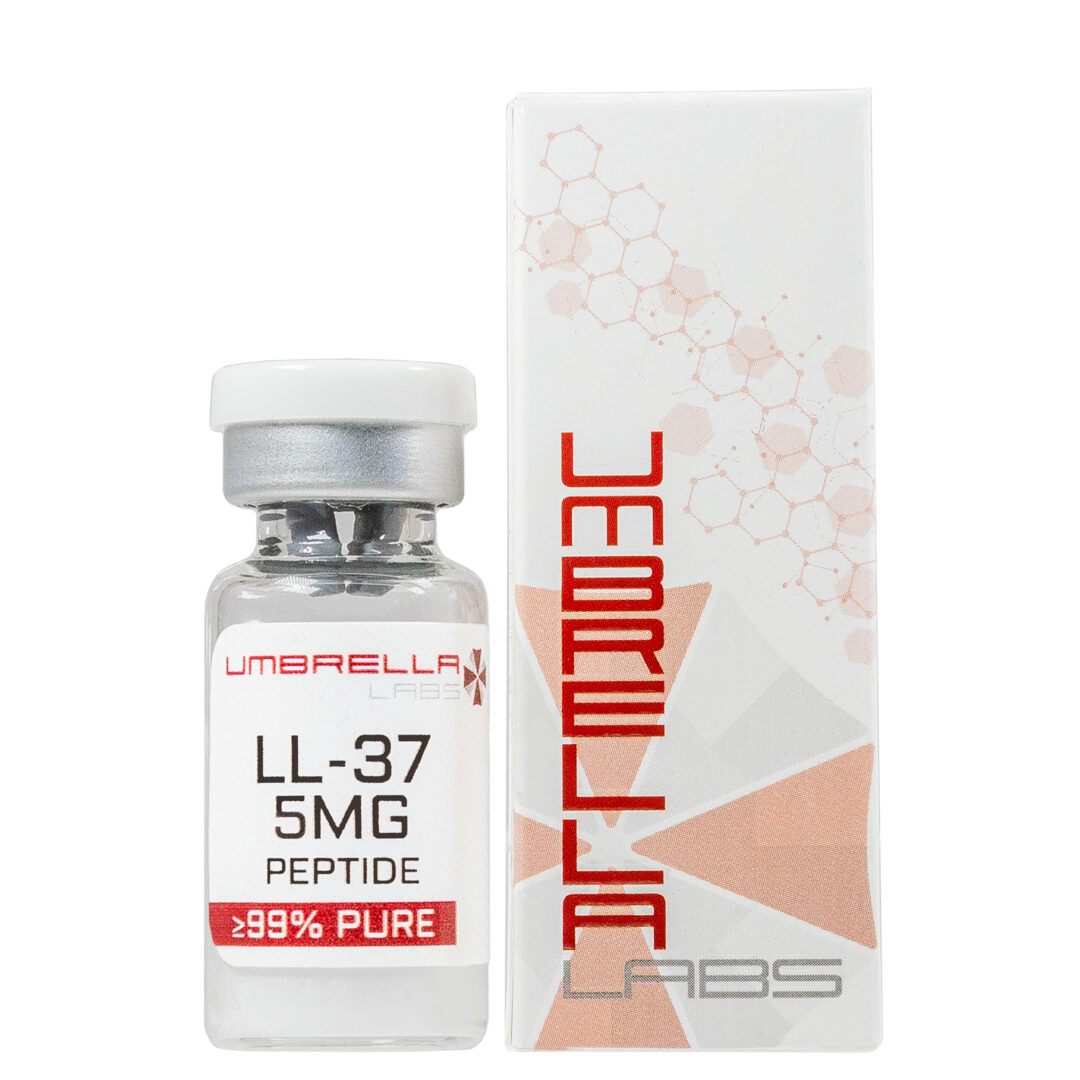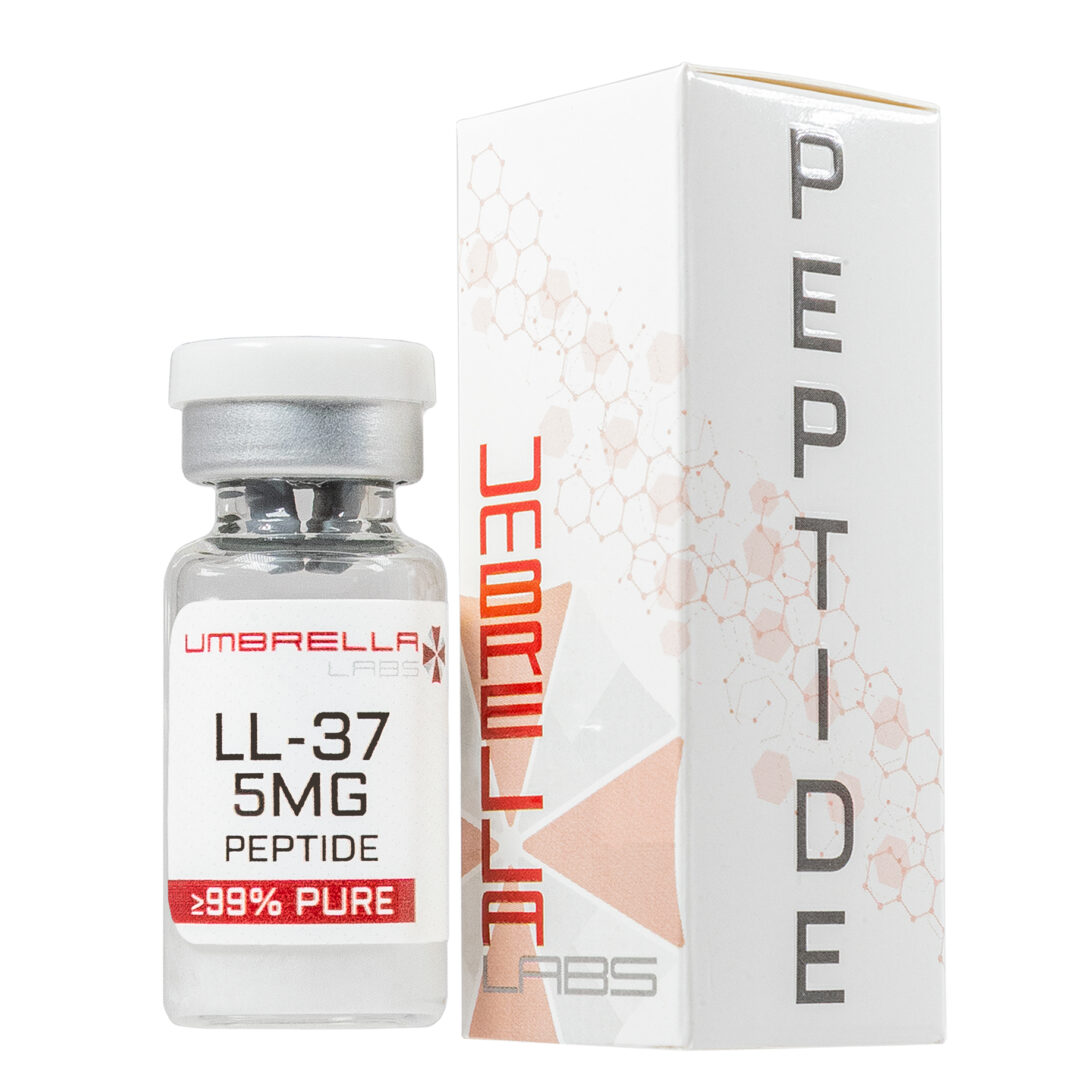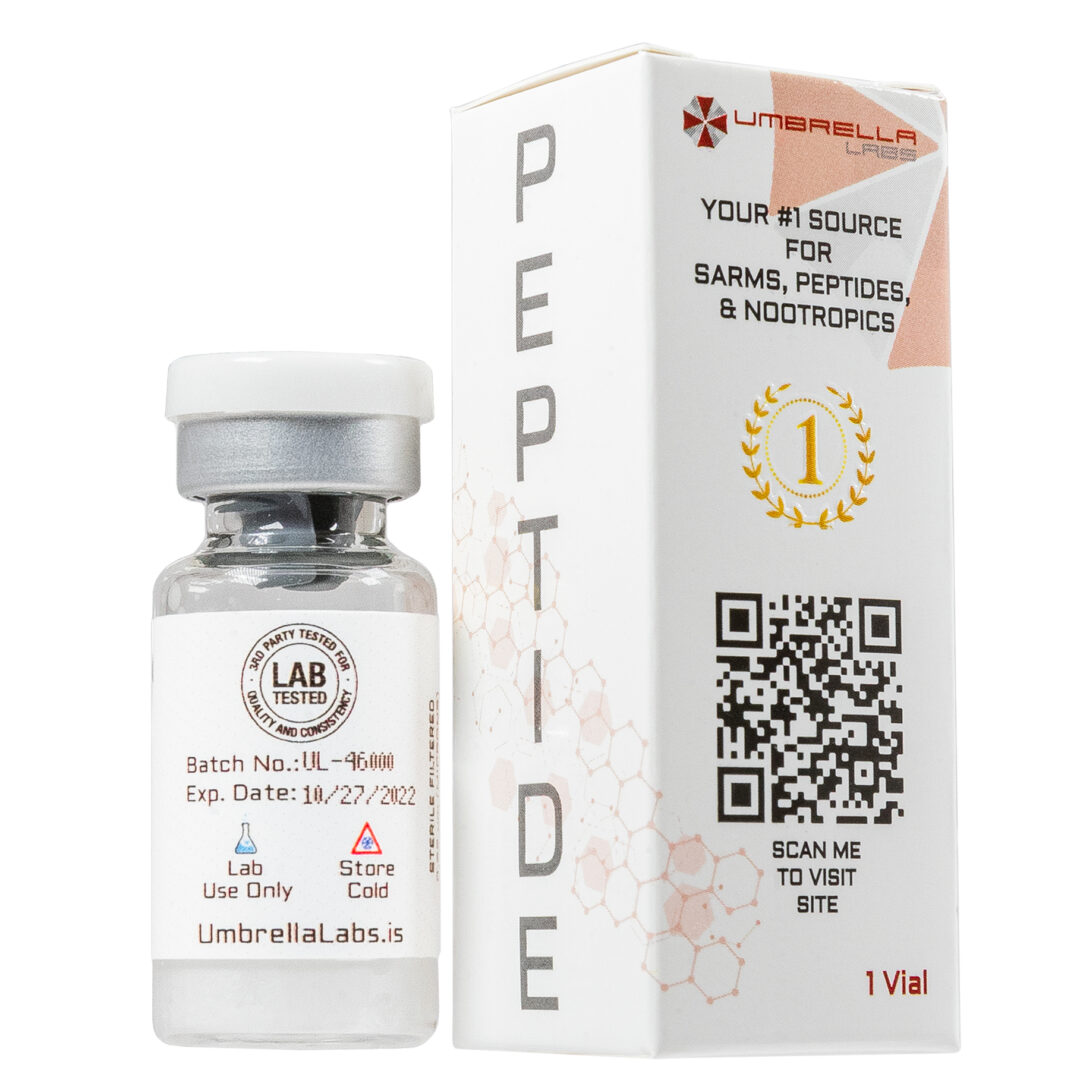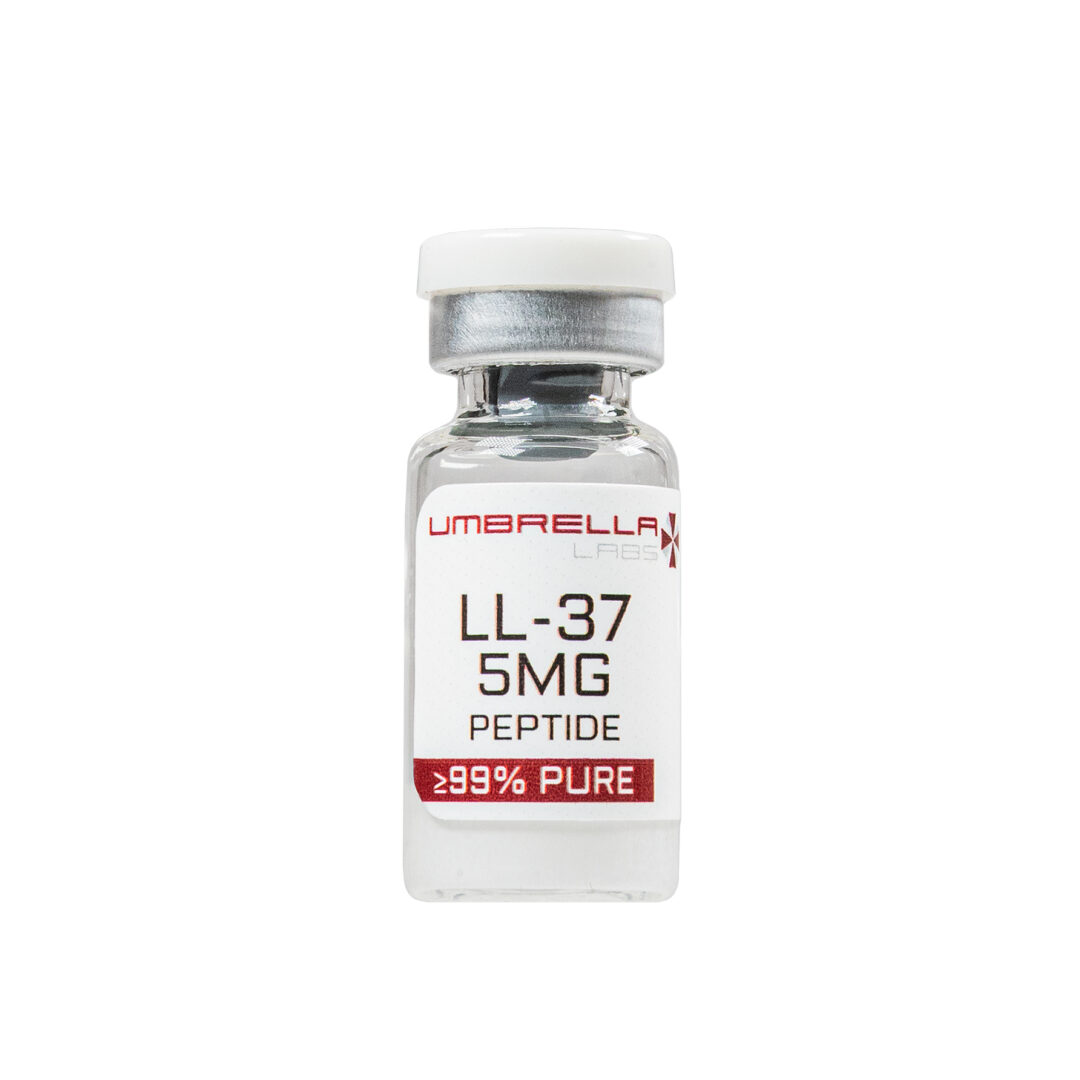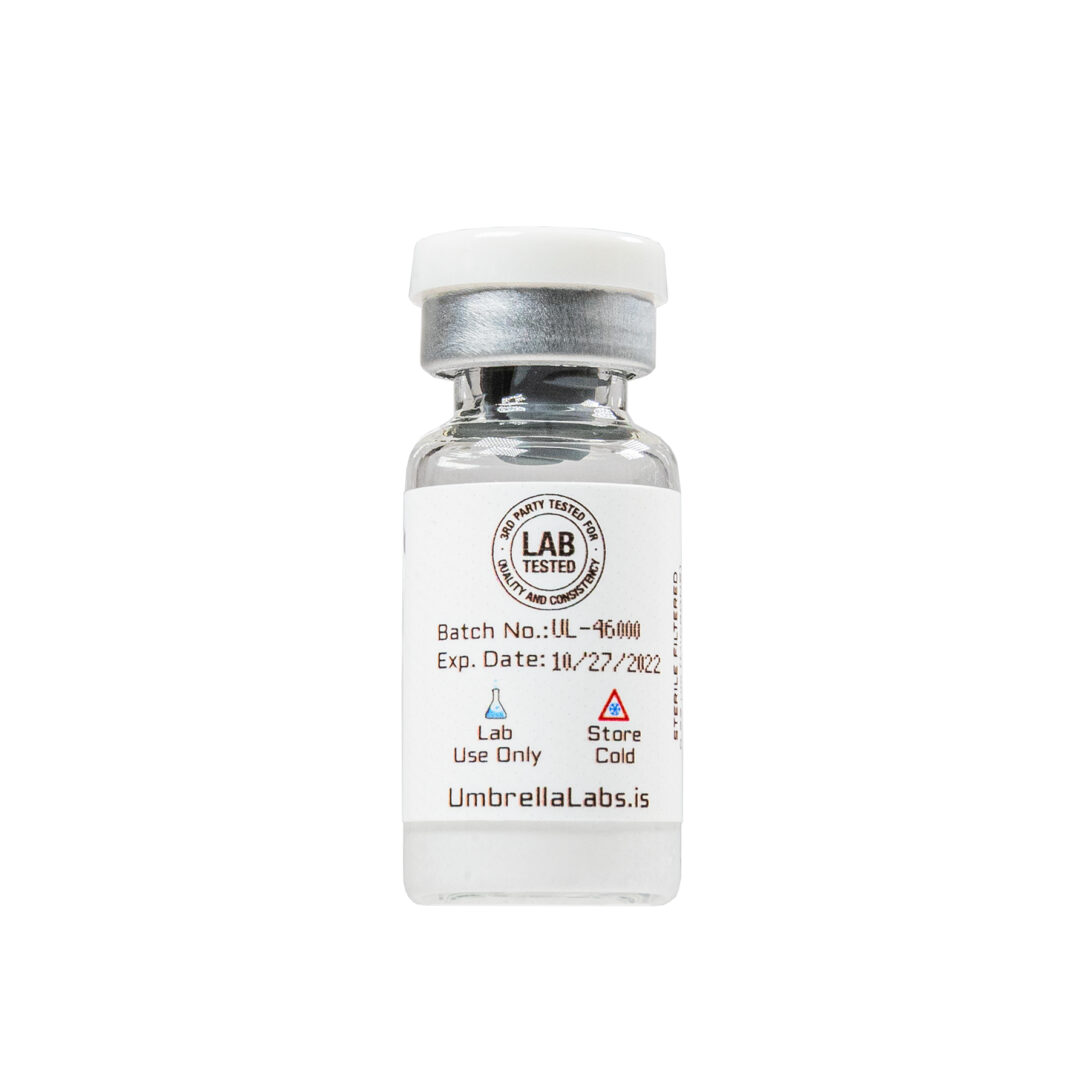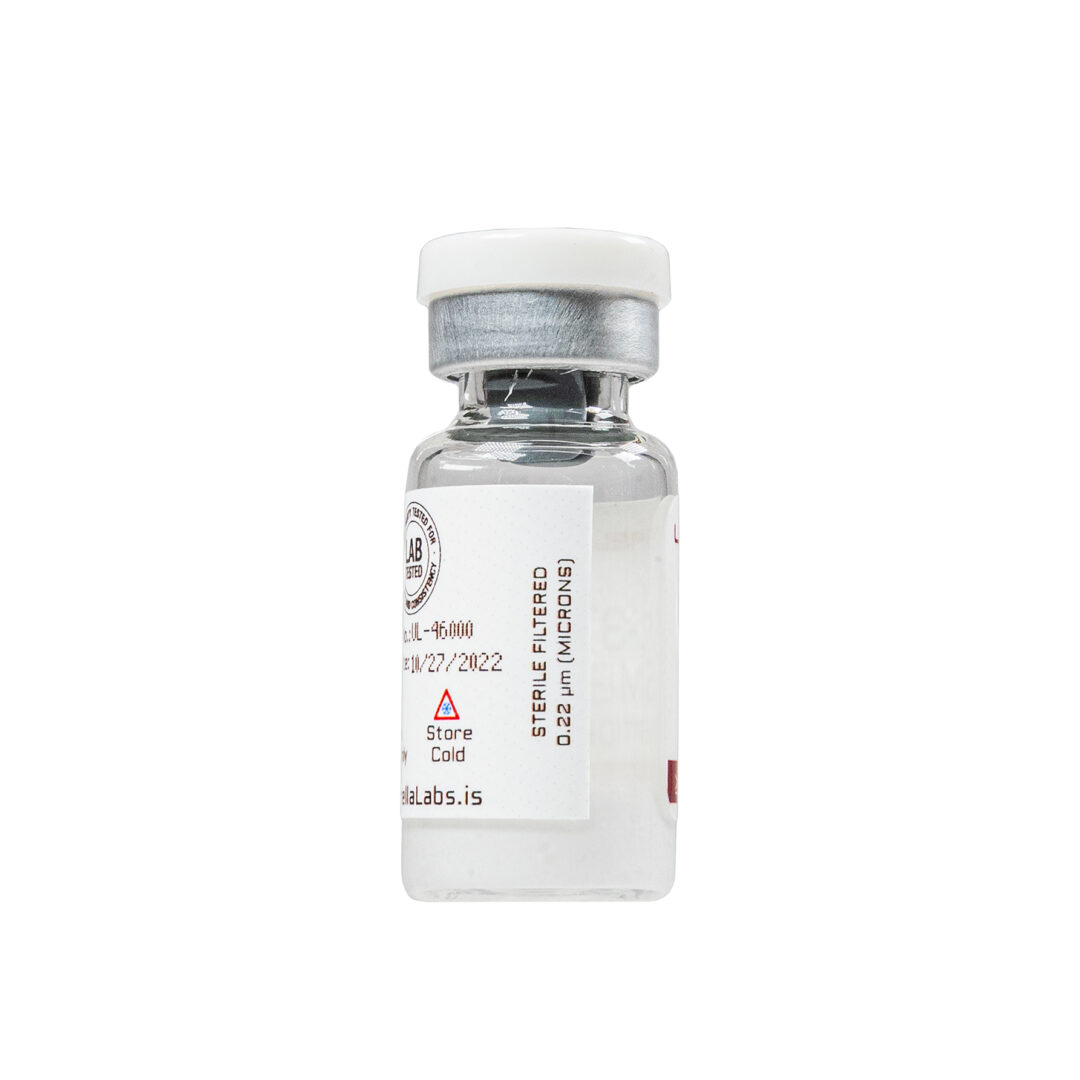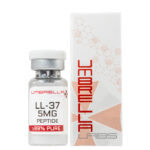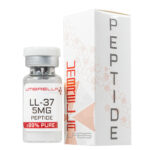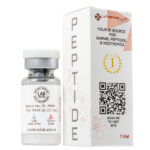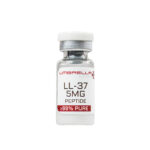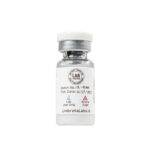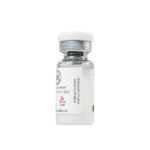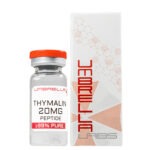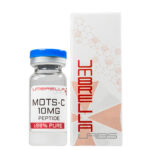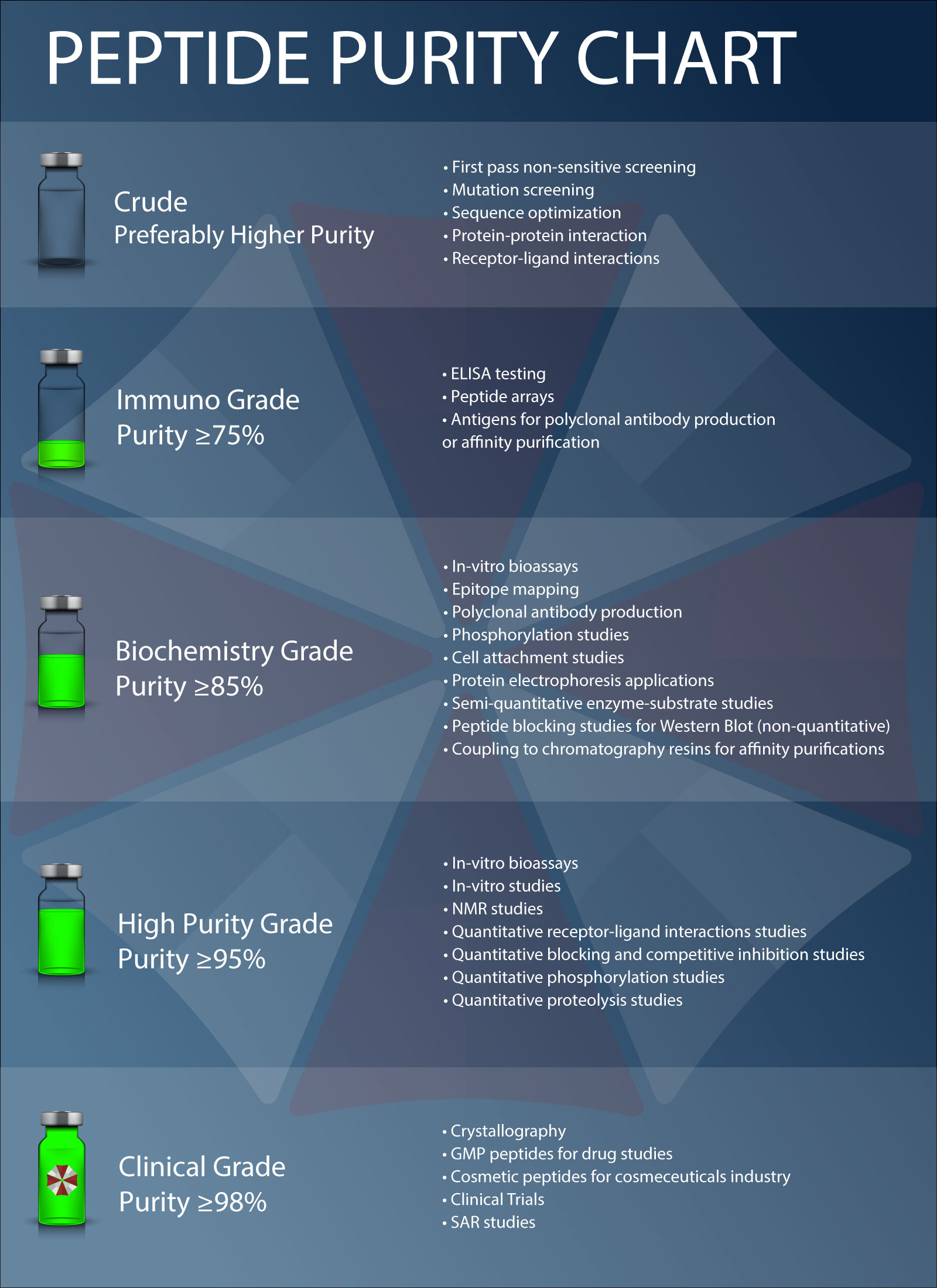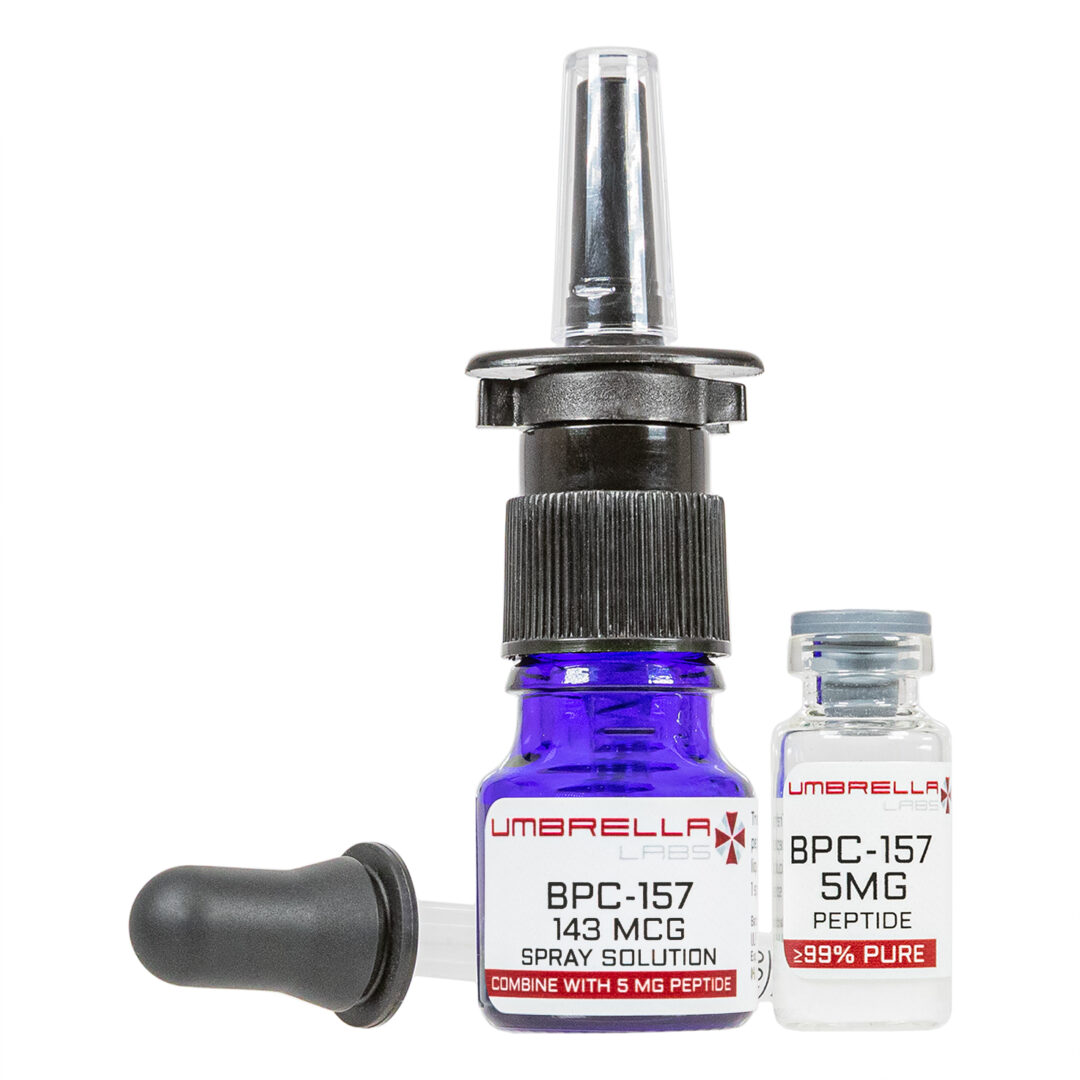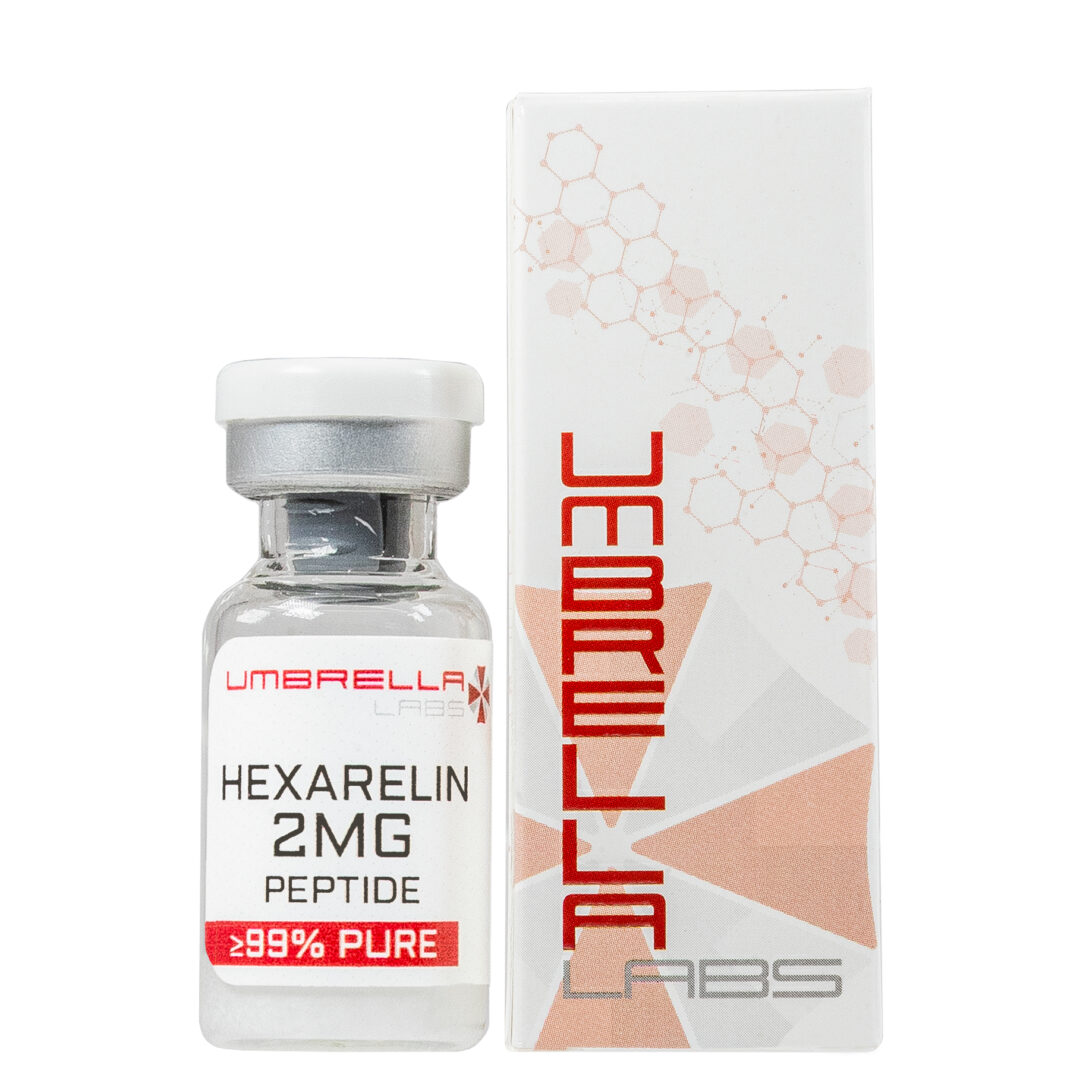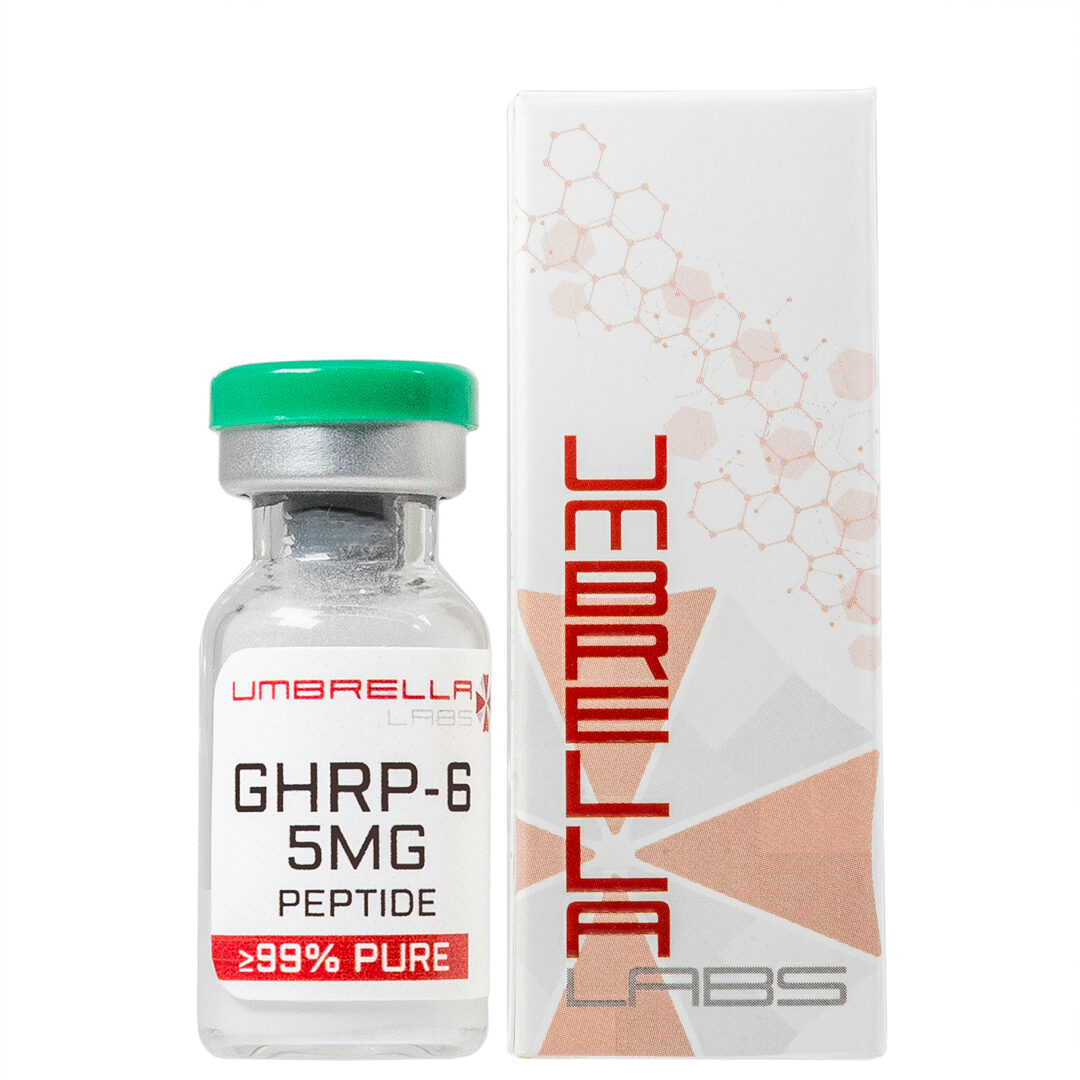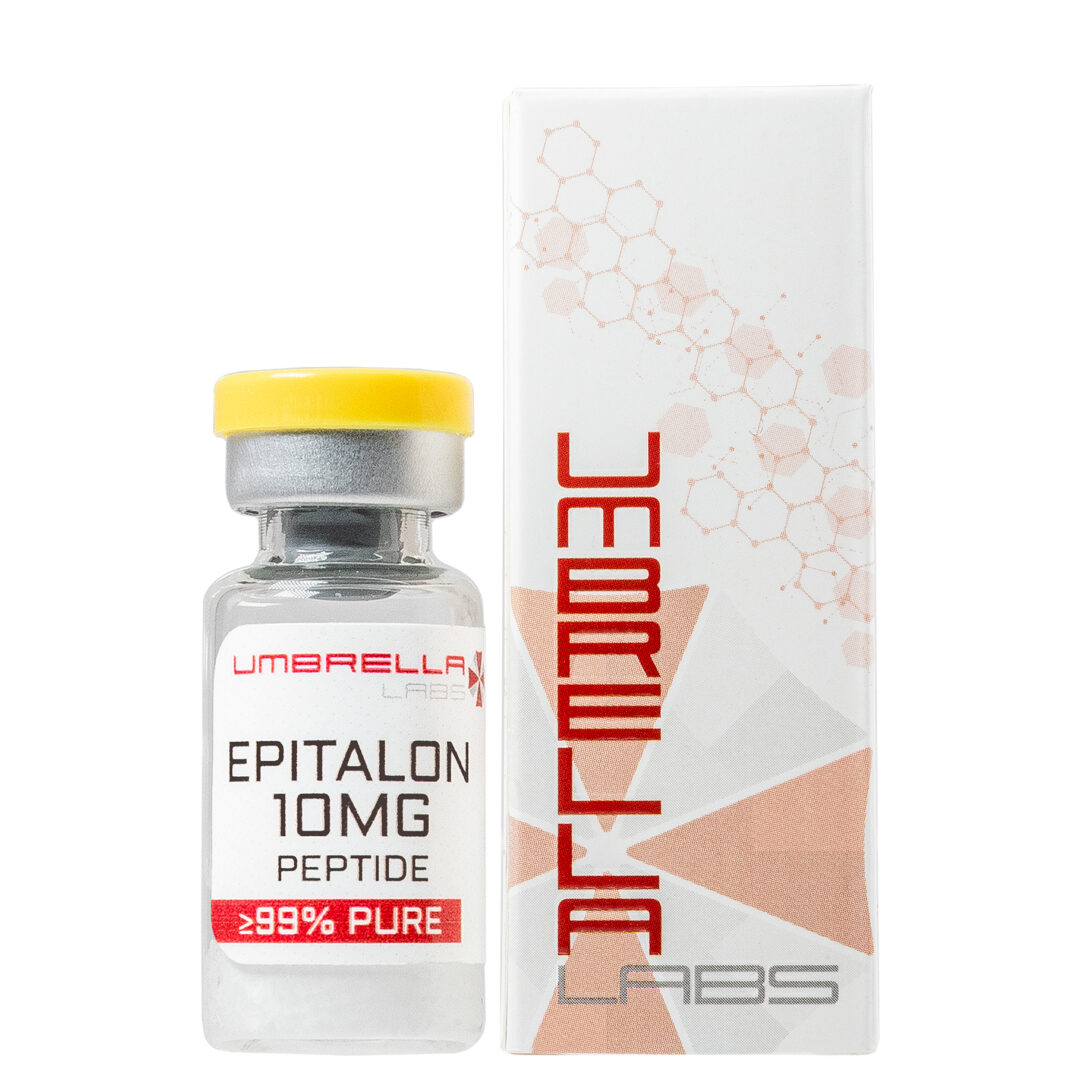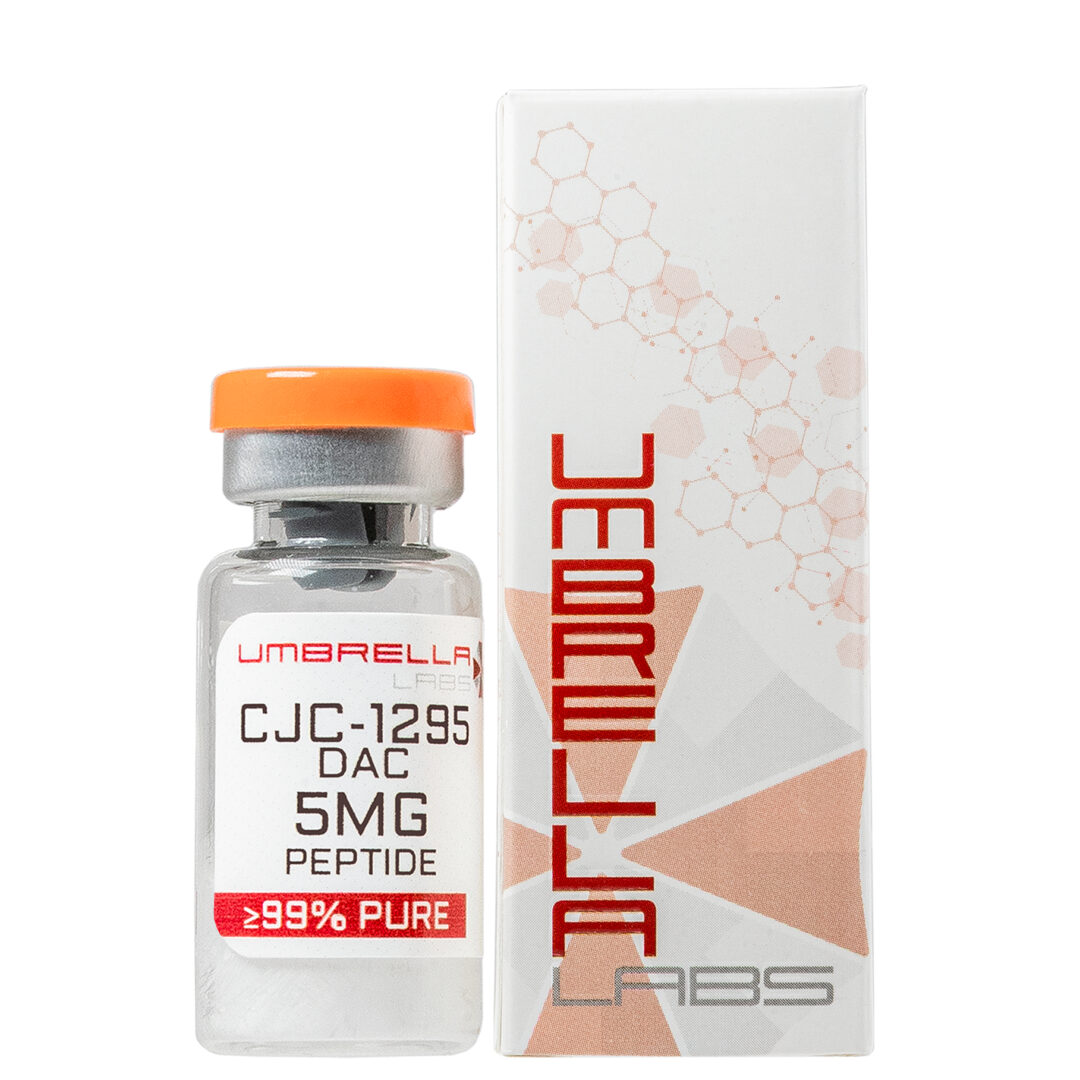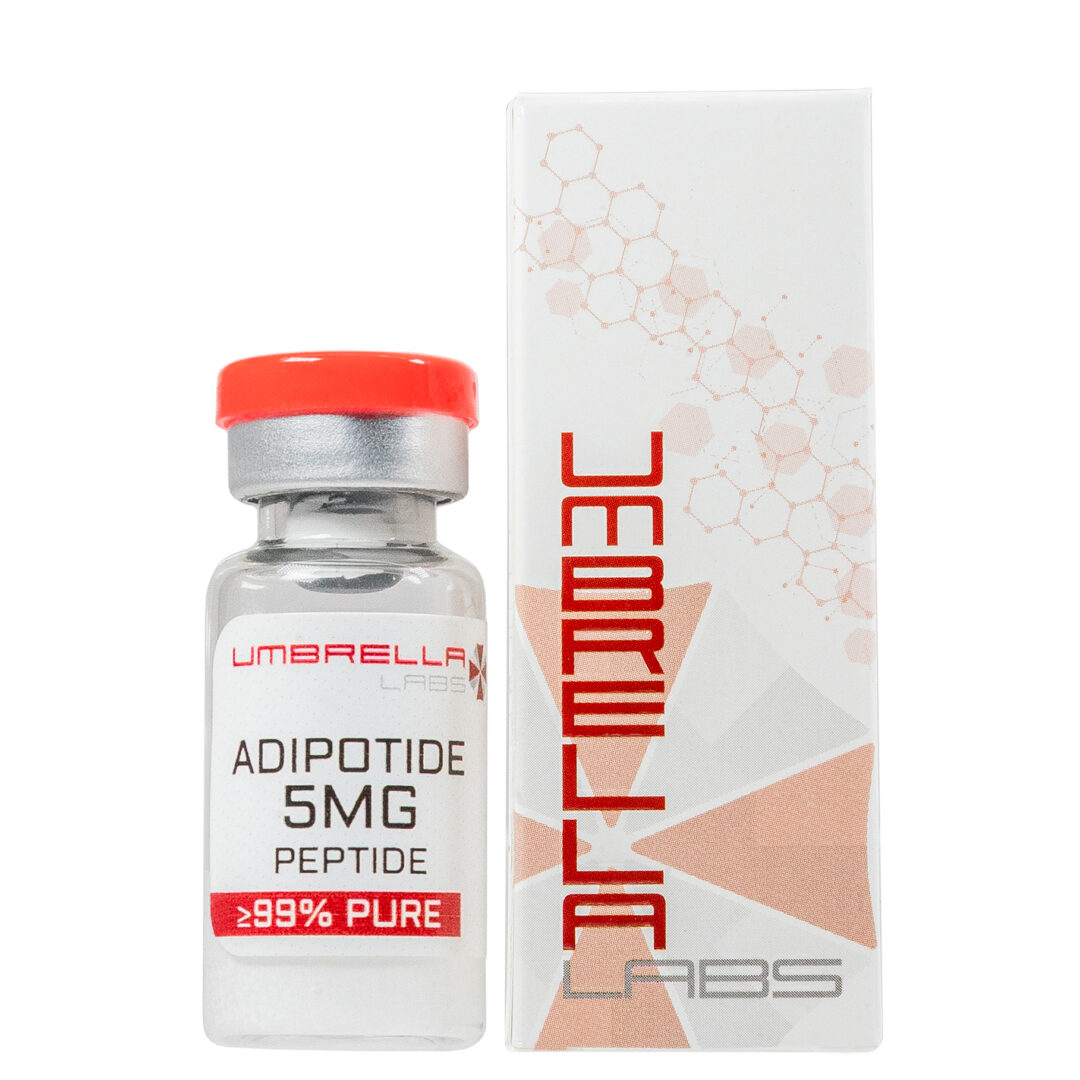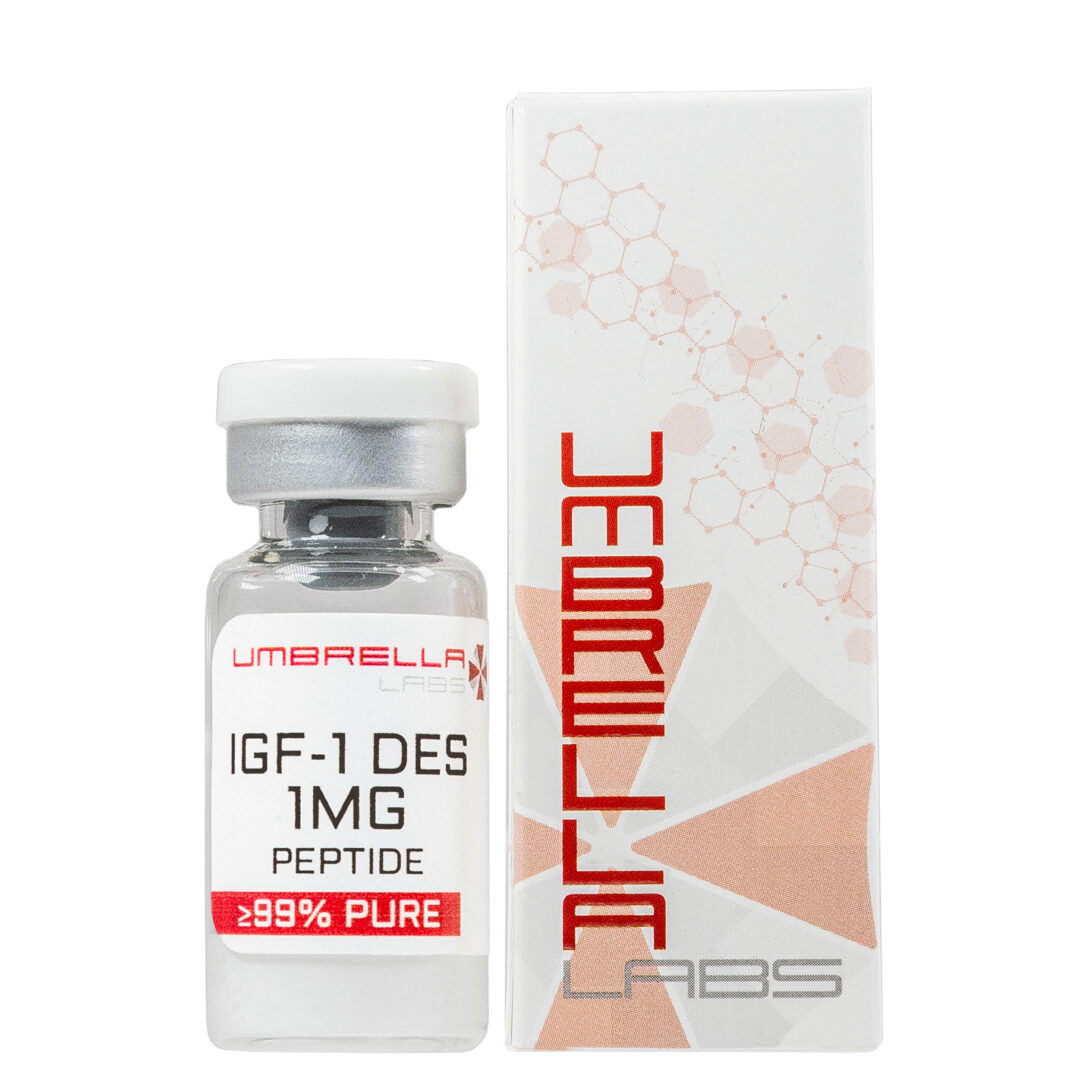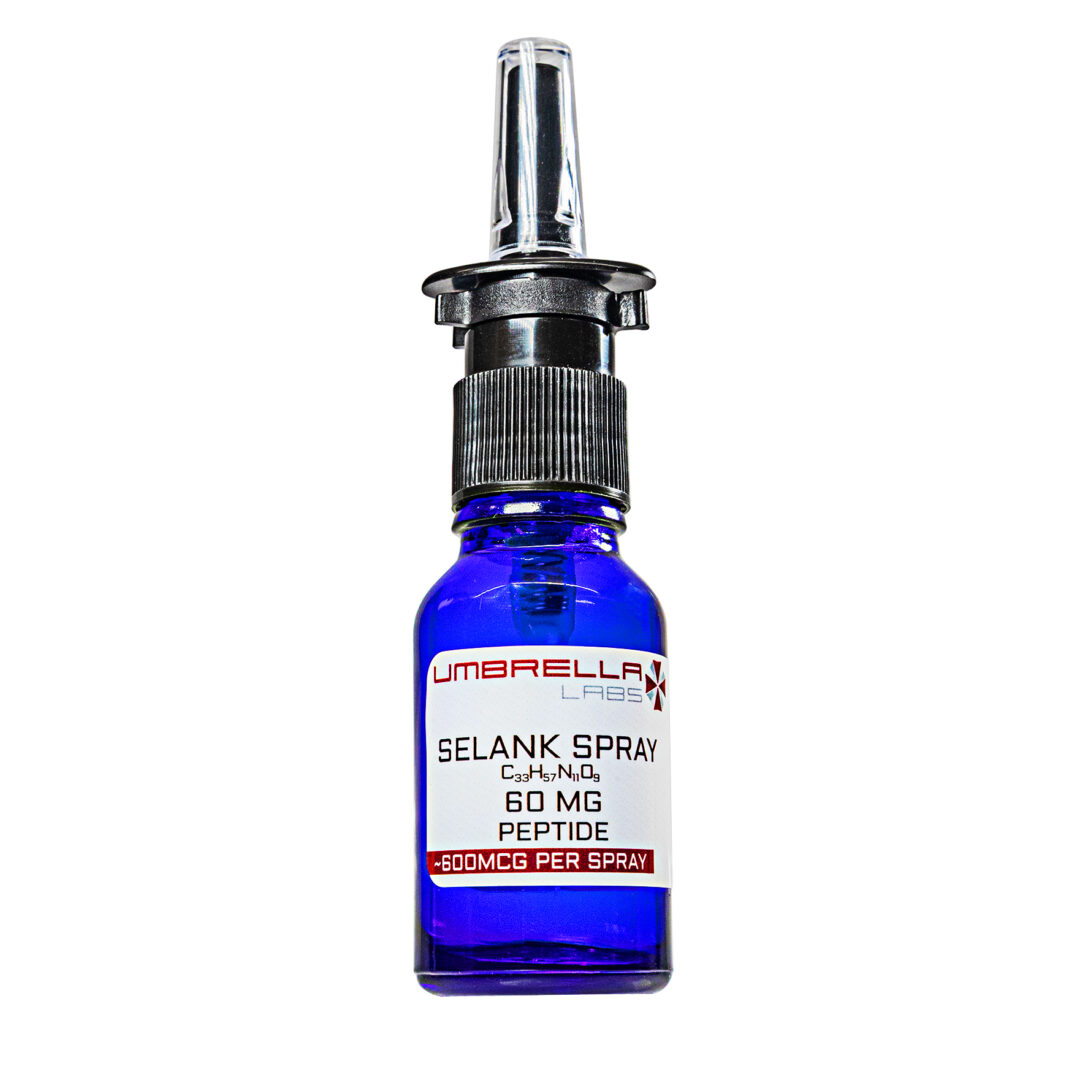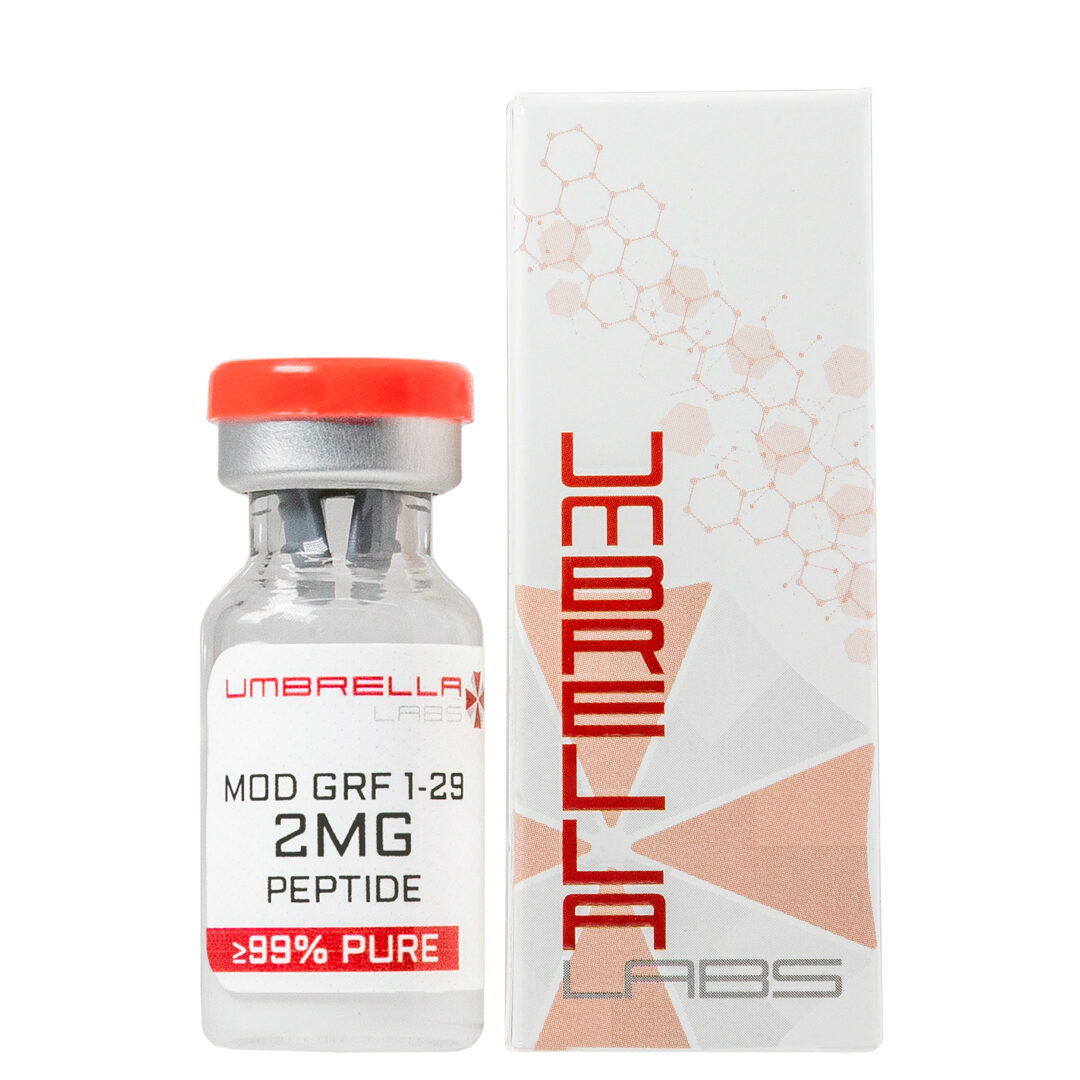LL-37 PEPTIDE 5MG VIAL
$90.00
LL-23 is sold for laboratory research use only. Terms of sale apply. Not for human consumption, nor medical, veterinary, or household uses. Please familiarize yourself with our Terms & Conditions prior to ordering.
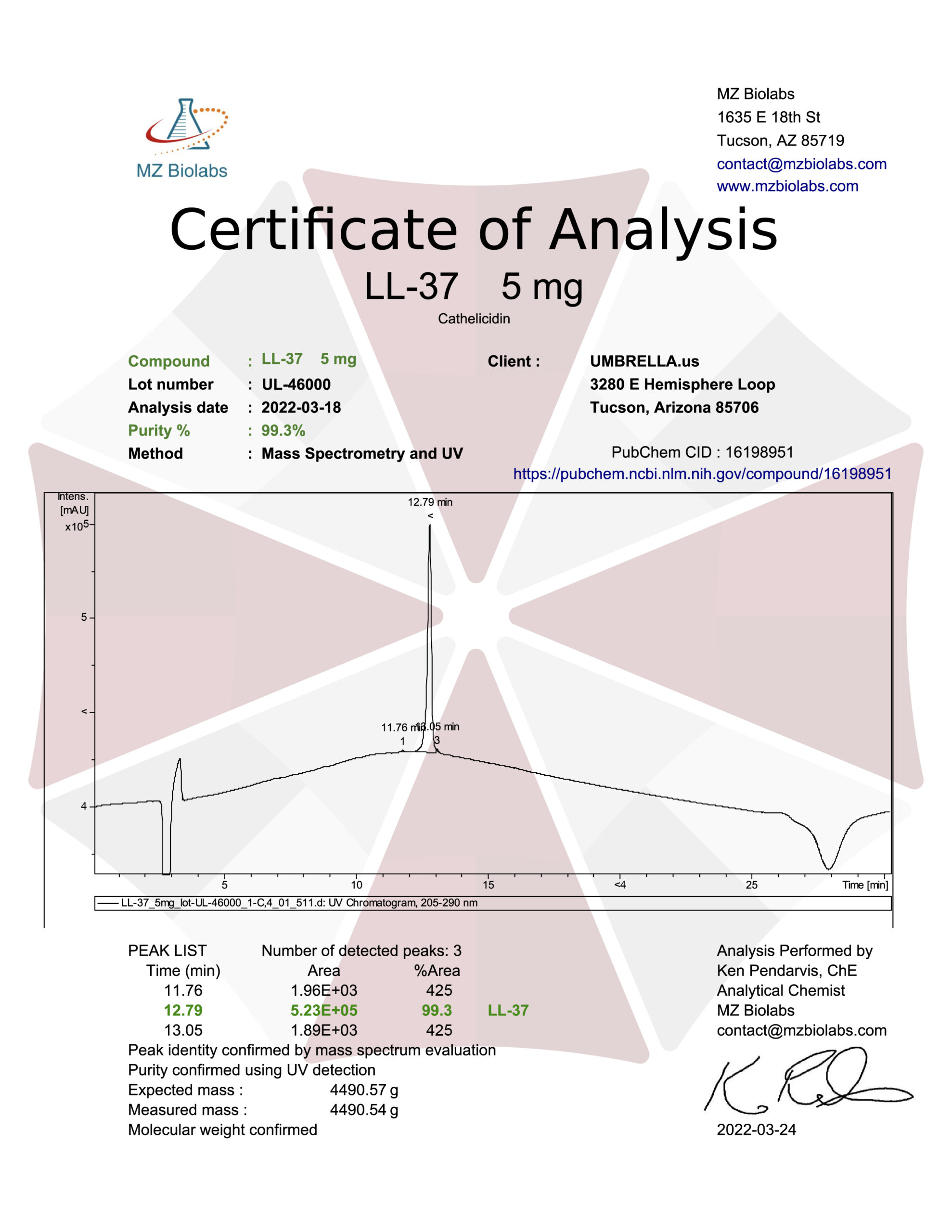
- Description
Description
LL-37 PEPTIDE
![]()
![]()
![]()
![]()
![]()
![]()
![]()
![]()
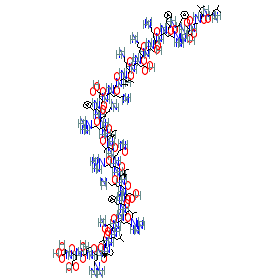
| CAS Number | 154947-66-7 |
| Other Names | Antibacterial protein LL-37, Cathelicidin LL 37, GTPL5527, |
| IUPAC Name | (4S)-5-[[(2S)-6-amino-1-[[(2S,3S)-1-[[2-[[(2S)-6-amino-1-[[(2S)-1-[[(2S)-1-[[(2S)-6-amino-1-[[(2S)-1-[[(2S,3S)-1-[[(2S)-1-[[(2S)-5-amino-1-[[(2S)-1-[[(2S,3S)-1-[[(2S)-6-amino-1-[[(2S)-1-[[(2S)-1-[[(2S)-1-[[(2S)-1-[[(2S)-4-amino-1-[[(2S)-1-[[(2S)-1-[(2S)-2-[[(2S)-1-[[(2S,3R)-1-[[(2S)-4-carboxy-1-[[(1S)-1-carboxy-2-hydroxyethyl]amino]-1-oxobutan-2-yl]amino]-3-hydroxy-1-oxobutan-2-yl]amino]-5-(diaminomethylideneamino)-1-oxopentan-2-yl]carbamoyl]pyrrolidin-1-yl]-3-methyl-1-oxobutan-2-yl]amino]-4-methyl-1-oxopentan-2-yl]amino]-1,4-dioxobutan-2-yl]amino]-5-(diaminomethylideneamino)-1-oxopentan-2-yl]amino]-4-methyl-1-oxopentan-2-yl]amino]-1-oxo-3-phenylpropan-2-yl]amino]-3-carboxy-1-oxopropan-2-yl]amino]-1-oxohexan-2-yl]amino]-3-methyl-1-oxopentan-2-yl]amino]-5-(diaminomethylideneamino)-1-oxopentan-2-yl]amino]-1,5-dioxopentan-2-yl]amino]-3-methyl-1-oxobutan-2-yl]amino]-3-methyl-1-oxopentan-2-yl]amino]-5-(diaminomethylideneamino)-1-oxopentan-2-yl]amino]-1-oxohexan-2-yl]amino]-1-oxo-3-phenylpropan-2-yl]amino]-4-carboxy-1-oxobutan-2-yl]amino]-1-oxohexan-2-yl]amino]-2-oxoethyl]amino]-3-methyl-1-oxopentan-2-yl]amino]-1-oxohexan-2-yl]amino]-4-[[(2S)-6-amino-2-[[(2S)-2-[[(2S)-6-amino-2-[[(2S)-2-[[(2S)-2-[[(2S)-2-[[(2S)-2-[[2-[[(2S)-2-[[(2S)-2-amino-4-methylpentanoyl]amino]-4-methylpentanoyl]amino]acetyl]amino]-3-carboxypropanoyl]amino]-3-phenylpropanoyl]amino]-3-phenylpropanoyl]amino]-5-(diaminomethylideneamino)pentanoyl]amino]hexanoyl]amino]-3-hydroxypropanoyl]amino]hexanoyl]amino]-5-oxopentanoic acid |
| Molecular Formula | C₂₀₅H₃₄₀N₆₀O₅₃ |
| Molecular Weight | 4493.28 |
| Purity | ≥99% Pure (LC-MS) |
| Liquid Availability | N/A |
| Powder Availability | |
| Storage Condition | Store cold, keep refrigerated. Do NOT freeze. |
| Terms | All products are for laboratory developmental research USE ONLY. Products are not for human consumption. |
Characteristics of LL-37
LL-37, also referred to as cathelicidin, is an antimicrobial peptide (AMP) shown to be able to ward off various pathogens and help reduce inflammation. One of the leading concerns in medicine is the increase in antimicrobial resistant bacteria. Since their discovery in the 1980s,
AMPs have shown promise in treating the antimicrobial resistant bacteria and are generally less prone to resistance than traditional medications. LL-37 works by interacting with the cell wall in order to perforate the cytoplasmic membrane, causing cell death. The peptide is created by cleavage of the C-terminal of the 18 kDa hCAP18 protein. In this case, the extracellular cleavage is driven by serine proteases in keratinocytes and proteinase 3, found in neutrophils. Unlike other antimicrobial peptides LL-37 is protected from proteolytic degradation due to its ability to aggregate in the lipid bilayers and numerous other solutions.
LL-37 is successful in crossing membranes primarily due to the positive charge it carries and its 𝞪-helical structure. The positive charge allows for the peptide to favorably interact with the negative charges found in the phospholipid membrane. The 𝞪-helical structure is beneficial
as it results in unilateral segregation of hydrophobic residues, which allows for penetration of the membrane, bacterial lysis, and the formation of transmembrane pores. LL-37 works primarily throughout the immune system by interacting with the membranes of various viruses, bacteria, and other abnormal compounds.
Effects of LL-37 on Autoimmune Disorders
AMPs are commonly produced by neutrophils, macrophages, and monocytes making them a primary variable in warding off infections. LL-37 in particular has vast immunomodulatory effects due to its ability to induce cytokine production, as well as regulate immune cell activity. Researcher Pahar et. Al conducted a study regarding how the immunomodulatory effects of LL-37 are able to assist in treating autoimmune diseases, in this case, psoriasis.
Psoriasis is caused due to disturbances of the immune system leading to proliferation of keratinocytes and differentiation dysfunction. In the early development stages of psoriasis keratinocytes produce high levels of AMPs LL-37, HBD-2, and psoriasin, which all help to recruit immune cells. Studies show that in psoriatic skin, LL-37 is the primary trigger for the pathogenic immune responses, leading researchers to believe there is a link between antimicrobial systems and psoriasis.
That being said, LL-37 was shown to have the ability to convert non-stimulatory self-DNA into a trigger of plasmacytoid dendritic cells (pDCs). This process begins by the binding of LL-37 to DNA and proceeds with the translocation of the LL-37 DNA complexes into the pDC pathway.
The complexes are then able to bypass the safety mechanism of the differentiation process between viruses and nucleic acids. LL-37 retains the DNA complex leading to the production of pDCs. An activated pDC releases tumor necrosis factor-𝞪 (TNF-𝞪) prompting the maturation of myeloid dendritic cells and allowing for the initiation of autoimmune responses. Following this pathway indicates that LL-37 released during psoriasis-related skin injury will elicit adaptive and innate immune responses, much like a virus does (https://www.mdpi.com/2076-393X/8/3/517).
Effects of LL-37 on Inflammation Levels
In addition to the role it plays in the immune system, LL-37 has many antiinflammatory effects stemming from its antagonist actions on compounds such as IFN-𝞬, TNF-𝞪 IL-4, and IL-12, as well as its ability to regulate toll-like receptor (TLR) signaling. TLRs are receptors that respond to various pathogen-associated molecular patterns (PAMPs). TLR signaling is disturbed through the binding of TLR4 to the ligand LPS, as well as the interruption of the role of TLR4 receptor complexes on generating macrophages and dendritic cells. This indicates that when LL-37 and LPS are present, levels of inflammatory cytokines are decreased.
LL-37 plays an important role in the regulation of several inflammatory pathways. An interesting function of LL-37 is its ability to activate P2X7R, which assists in inducing inflammasome activation in monocytes and macrophages. Further studies show that by activating P2X7R, LL-37 goes on to enhance expression of COX2, prostaglandin E2, and c-Jun-N-terminal kinase.. Due to its ability to activate P2X7R, the compound that drives the expression of these pro-inflammatory cytokines, LL-37 is easily able to help modulate the various inflammatory pathways and downregulate the expression of these compounds.
Overall, the researchers Kahlenberg et. Al were able to provide support for the theory that dysfunction of the TLR pathways leads to the development of autoimmunity. Furthermore, when TLR pathways are directly modulated by the presence of LL-37 it is considered an anti-inflammatory effect of the peptide (https://www.ncbi.nlm.nih.gov/pmc/articles/PMC3836506/).
Peptides Prefer the Cold
In order to reduce peptide breakdown, keep peptides refrigerated at all times but DO NOT FREEZE.
• Swab the top of the vial with 95% alcohol wipe before accessing.
• Only Mix with Sterile Bacteriostatic Water
• Bacteriostatic water is vital to preventing contamination and preserving the stability of the compound.
• Push the needle through the stopper at an angle in order to direct the stream to the side of the vial.
• Reconstituted peptide solution should be stored around 4 degrees Celsius but not frozen, while lyophilized peptide solution should be kept at -20 degrees Celsius.
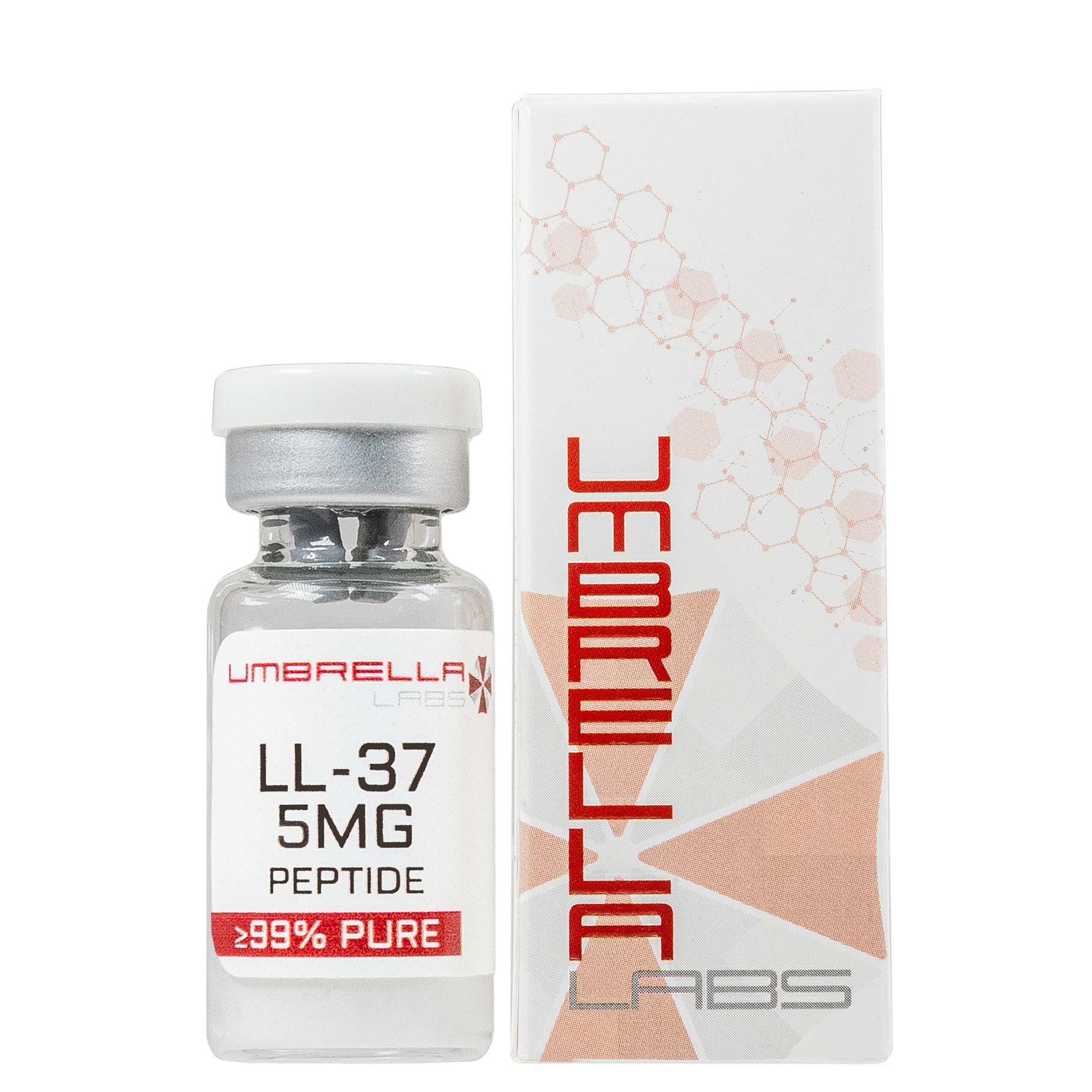
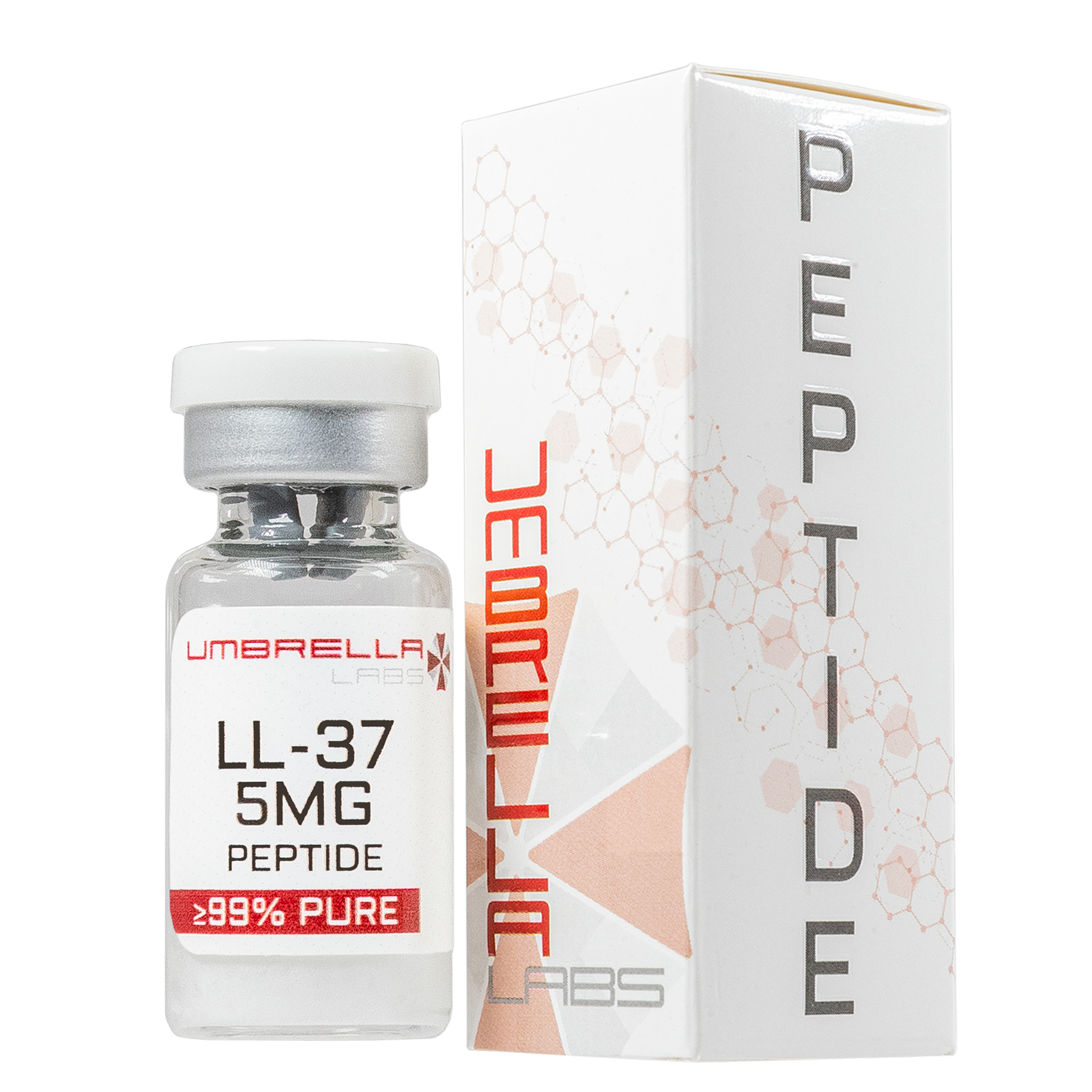
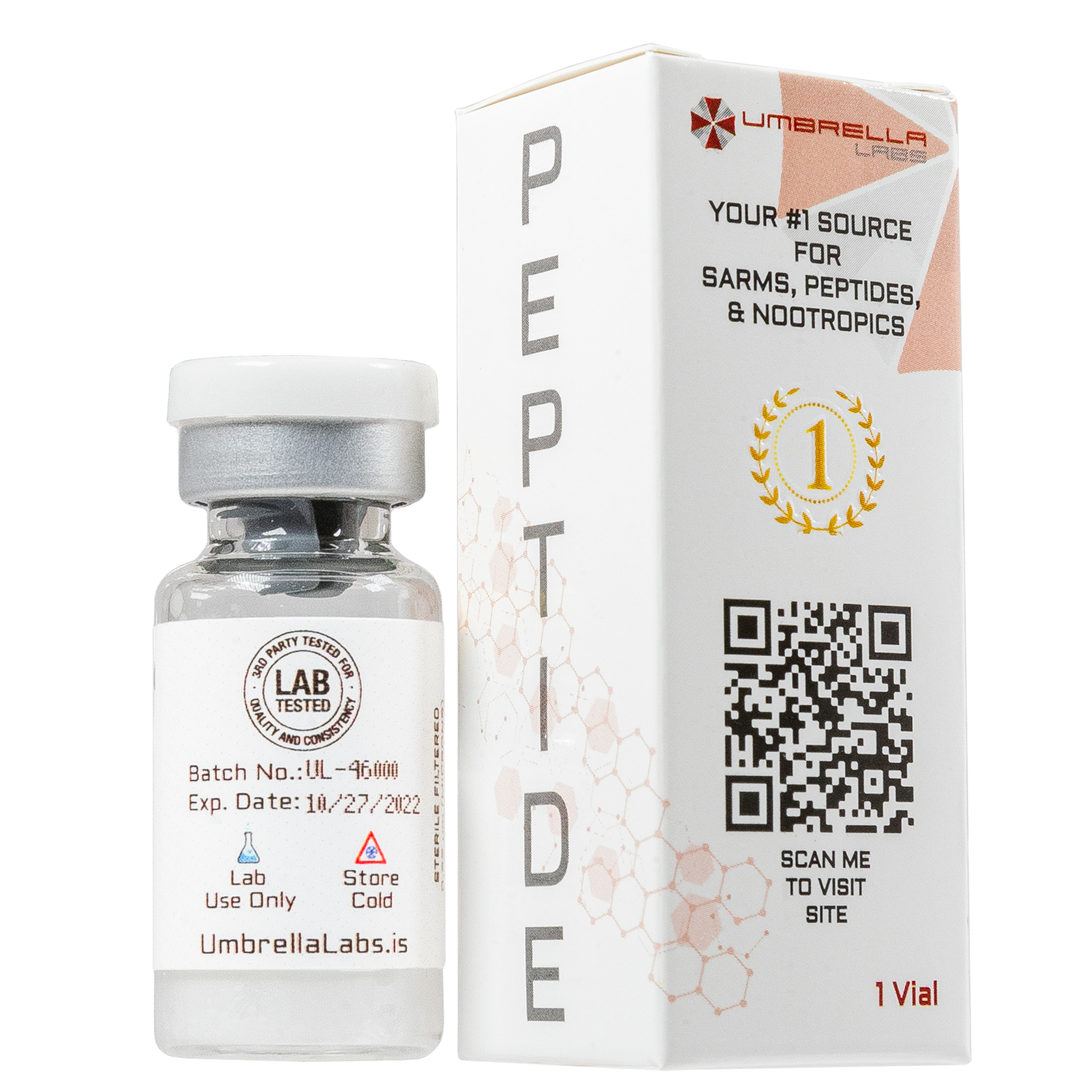
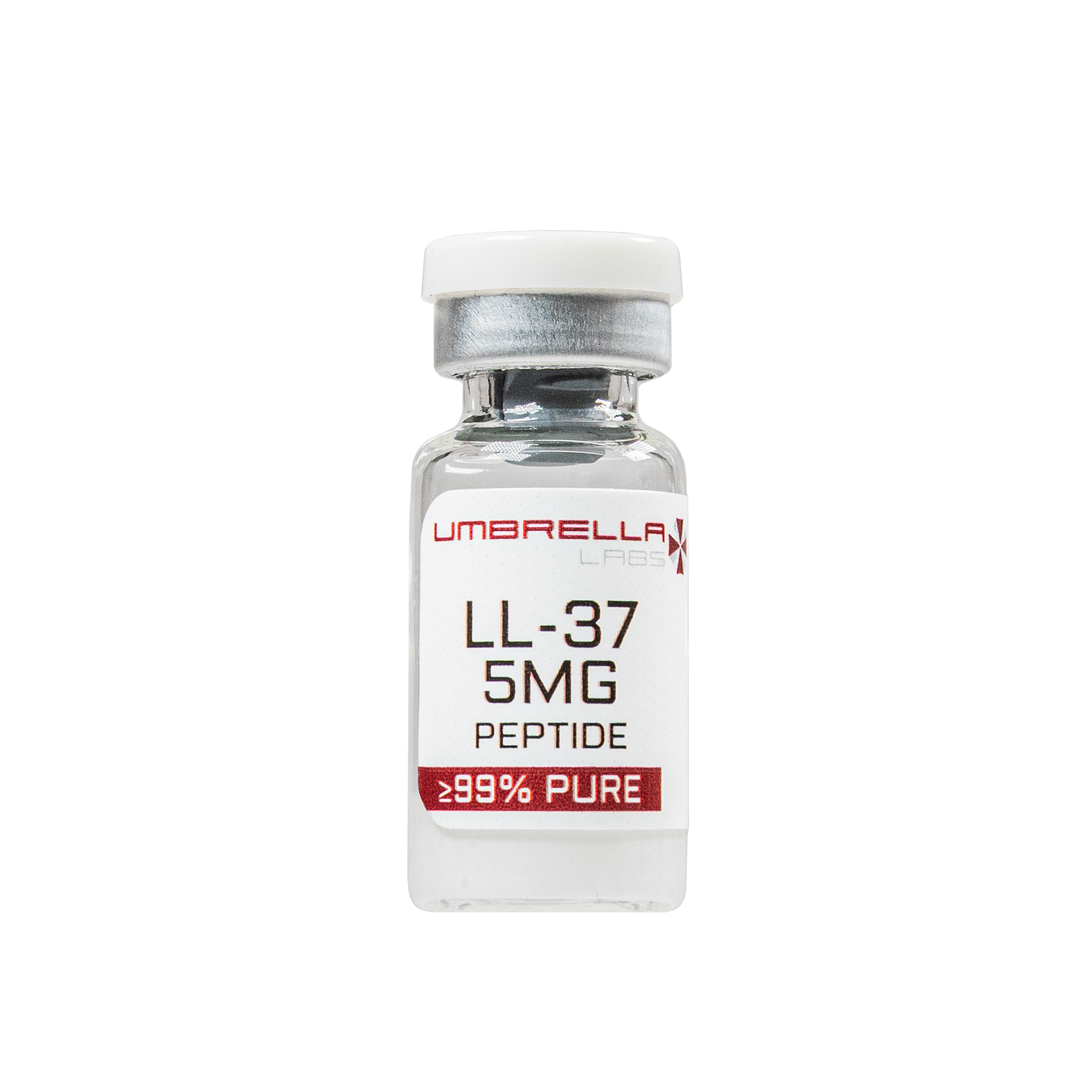
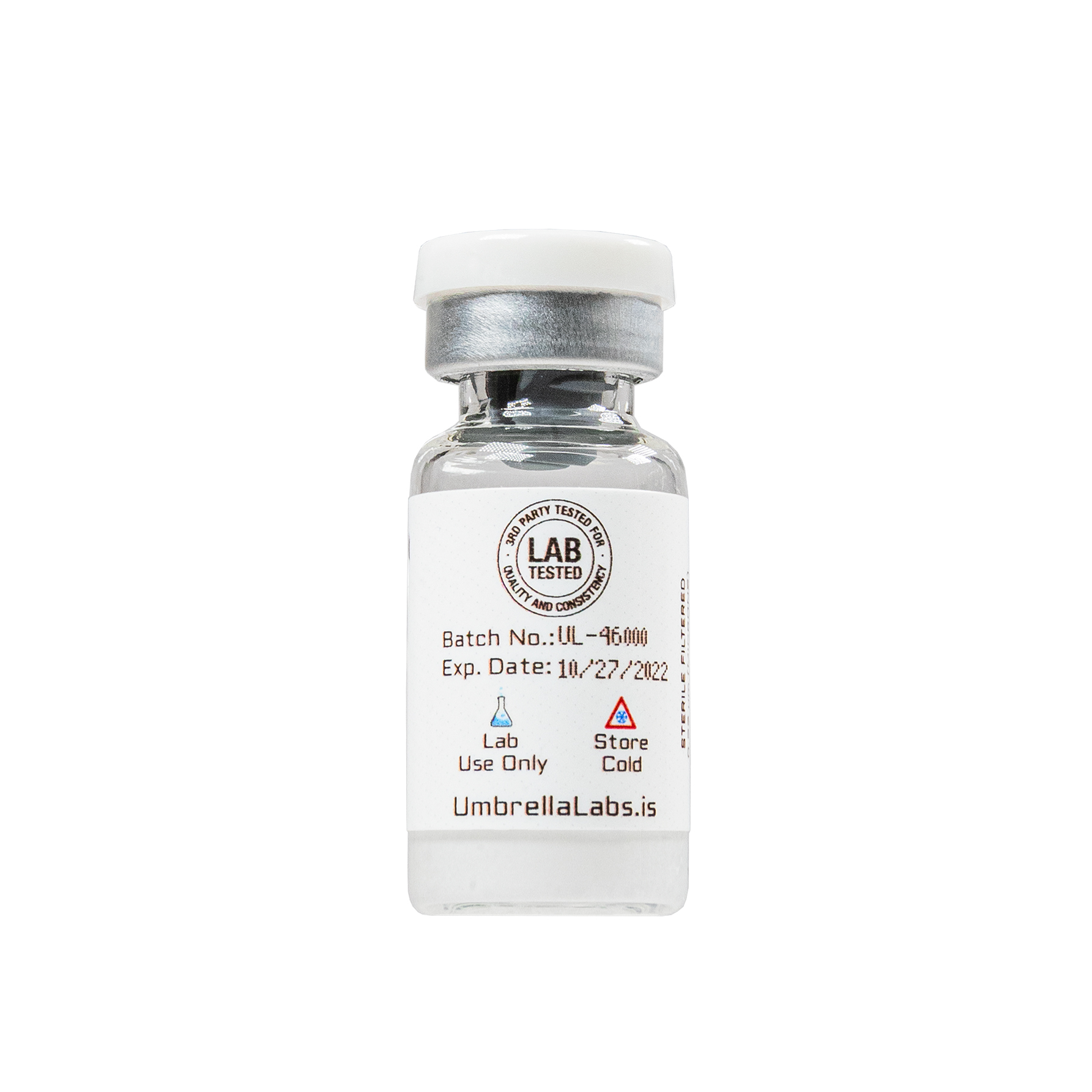
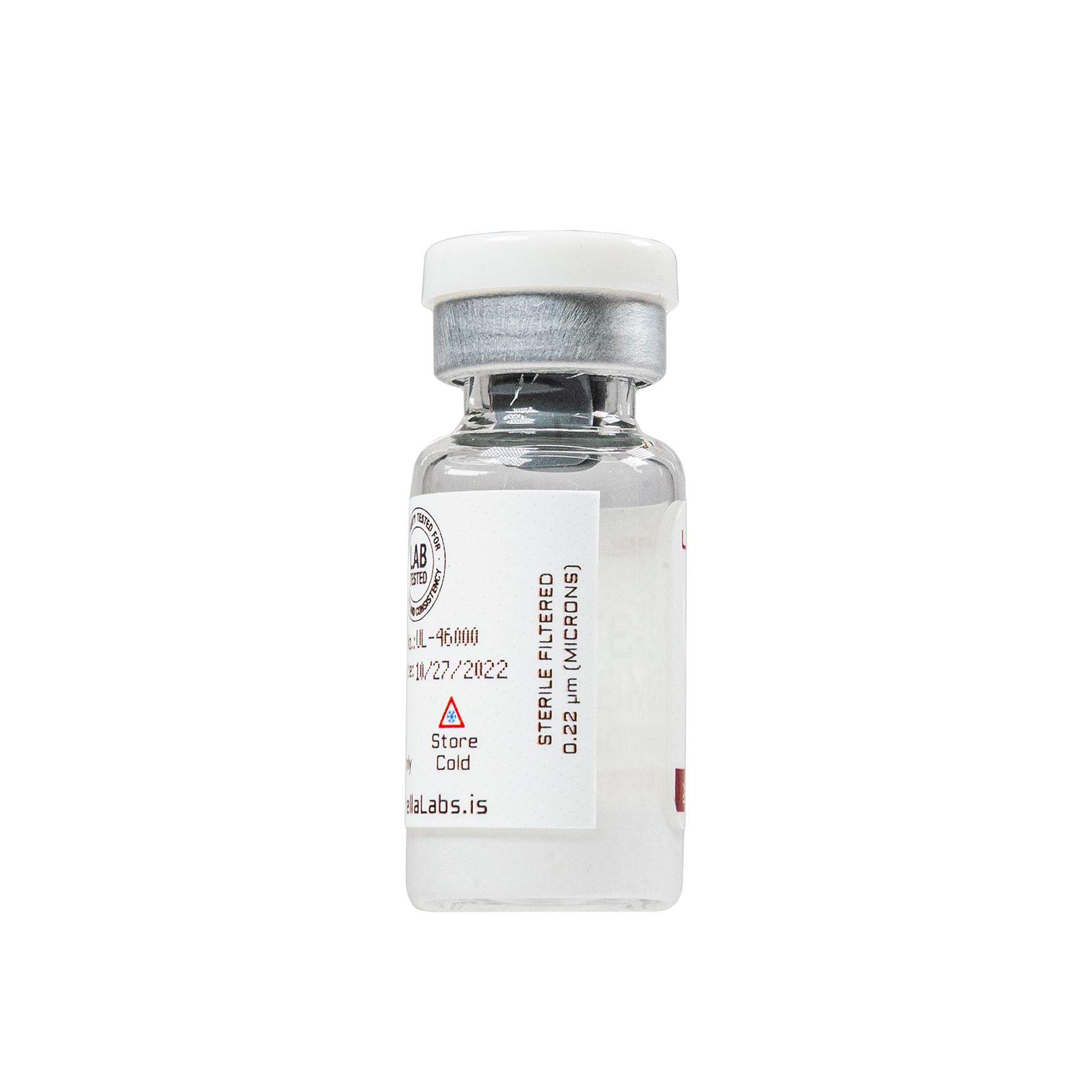

| File Name | View/Download |
| 03-18-2022-LL-37-Certificate-of-Analysis-COA.pdf |
VIEW CERTIFICATES OF ANALYSIS (COA)

